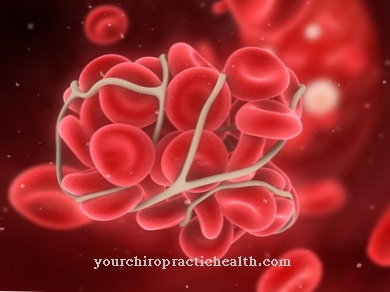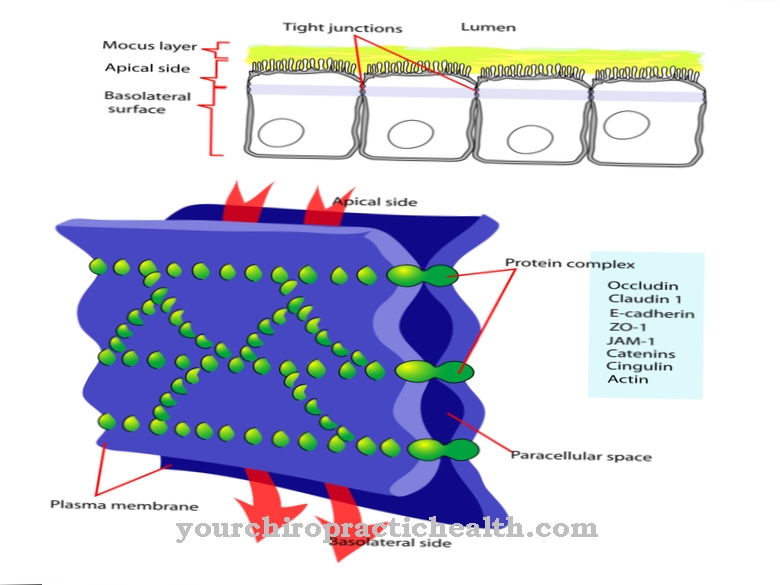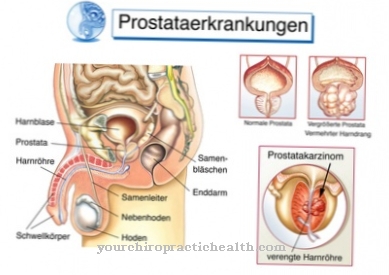The Dissolution of the milk tooth roots is a natural tooth change process and is carried out by dentoclasts. Once the roots are broken down, the milk teeth fall out and the permanent teeth can erupt. On the other hand, the dissolution of the roots in the permanent teeth is pathological, as can be caused by necrosis.
What is the dissolution of the milk tooth root?

A natural process in the context of tooth change is called the dissolution of the milk tooth root. This process is used in medicine too Resorption of the milk tooth roots called. The so-called dentoclasts in particular are actively involved in this resorption. These cells are body cells that break down tooth substance.
The milk tooth roots anchor the teeth of small children firmly in the dentition. With the dissolution of the roots, the anchorage dissolves and the milk teeth fall out. They are then replaced by permanent teeth.
This is to be distinguished from the eruption of the milk teeth, which is described by the term teething. The first milk teeth break through the jaw mucosa at an average age of six months. It takes around two to four years for the milk teeth to be fully developed.
It can take a total of 12 years for all milk tooth roots to dissolve and the milk teeth to be replaced by adult teeth.
Function & task
The resorption of the milk roots initiates the change of teeth. In the first step, the dentoclasts reabsorb the periodontium of the deciduous teeth, i.e. the periodontal membrane. Then they start breaking down the so-called alveolar ridge bones, which are also known as alveolar bones or alveolar processes. They also break down the tooth bed, i.e. the teeth holding apparatus. The permanent teeth of humans are not equipped with alveolar bones and can only erupt when the denoclasts have resorbed the alveolar bones of the milk teeth.
The resorption begins as soon as the milk tooth root formation is complete. The hard substances in milk teeth break down cells such as osteoclasts and dentoclasts. So-called macrophages (phagocytes) and fibroblasts work on the structure of the milk tooth tissue and on the periodontal membrane. The dentoclasts are very similar to the osteoclasts. In detail, these are so-called cementoclasts, i.e. multinuclear giant cells that are derived from the ectomesenchymal cells in the tooth sac. In later life, dentoclasts can also form from undifferentiated periodontal cells.
They produce collagen fibers that need to be mineralized to form teeth. Thus, demodontal fibroblasts not only contribute to the breakdown of milk tooth roots, but also to the cementogenesis of the permanent dentition. They are also regarded as cement cells and play closely with the dentoclasts in the resorption of the milk tooth roots.
The eruption of the teeth following resorption is also known as the second dentition. As a rule, at around six years of age, the deciduous crown of the first molar pushes out of the jaw as the first step in the second dentition. If only parts of the milk teeth are preserved in the dentition, but the permanent teeth have not yet fully erupted, then we are talking about a mixed set of teeth, which corresponds to a transitional set of teeth between the baby teeth and the permanent set of teeth.
You can find your medication here
➔ Medication for toothacheIllnesses & ailments
The root resorption of milk teeth is a physiologically natural process that is rarely associated with pain or complications from inflammation. The disturbed resorption of the milk tooth roots is also rather a rarity.
If the roots of the permanent teeth are resorbed instead of the milk tooth roots, this is always a pathological occurrence. The degradation of cement and dentin in the area of one or even several teeth can correspond to either internal or external resorption. Both phenomena can be related to inflammatory processes.
Internal resorptions usually occur inside the tooth or in the canal of the tooth root. External resorptions include surface resorptions, inflammatory resorptions and replacement resorptions. Dental diseases such as periodontitis, dental trauma, orthodontic treatments or bleaching are possible causes of internal root resorption of the permanent teeth. Dead tooth nerves or cysts and tumors can also cause pathological root resorption of the teeth.
Dead tissue is also known as pulp necrosis. The blood flow to the tooth pulp succumbs and the tissue dies as a consequence, as it is no longer supplied with oxygen. In addition to the dissolution of the root, this necrotic process can also develop into a pulp gangrene, i.e. putrefactive decay of the tooth pulp. Putrefactive and fermentation bacteria are involved in this pathological process and can ideally multiply in necrotic tissue.
As a consequence of root resorptions on the permanent teeth, the affected teeth may fall out. To prevent this, a causal treatment of the symptoms is essential. In the case of circulatory disorders, for example, the blood supply must be restored in order to avoid necrotic processes. Inflammation has to be healed and cysts or tumors are removed in a minimally invasive way.
In some cases, the removal of benign and malignant tumors can lead to the loss of the affected tooth. Malignant tumors in the area of the jaw are less common than benign growths. Since there is a certain risk of degeneration, the removal of benign symptoms should take place as soon as possible.








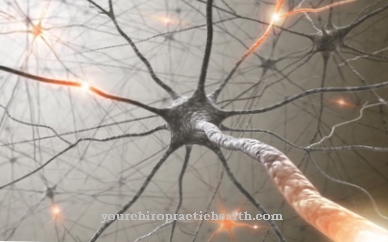
.jpg)

.jpg)

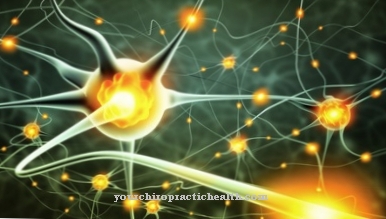
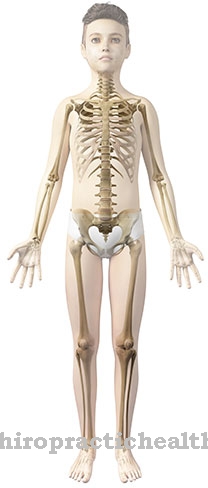


.jpg)


